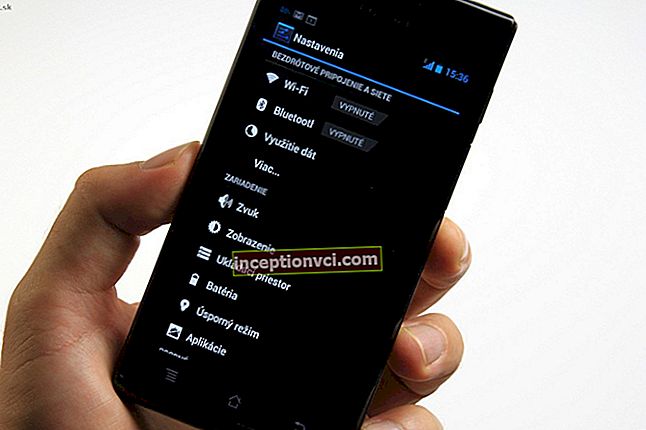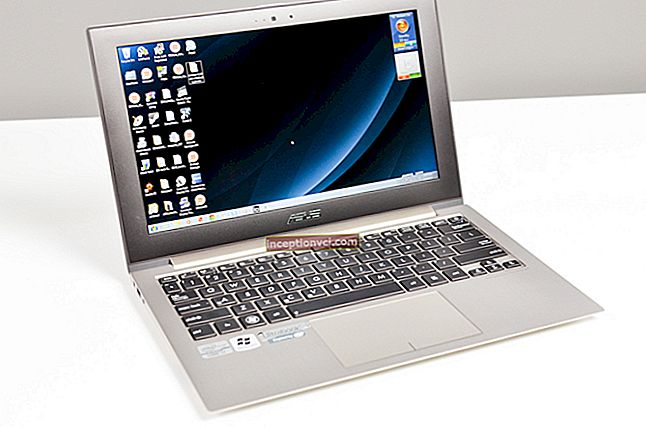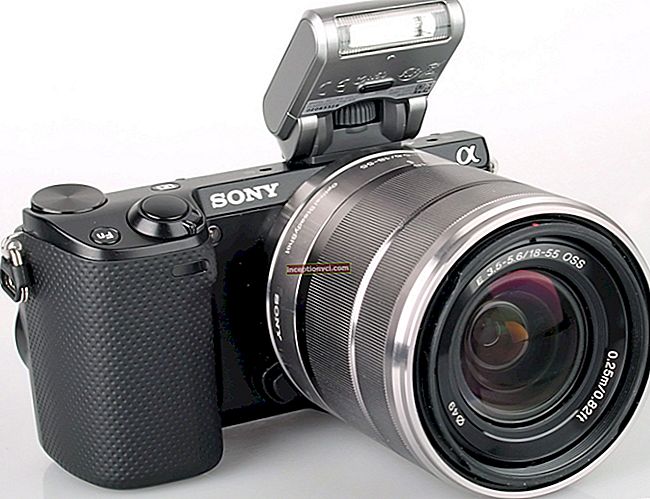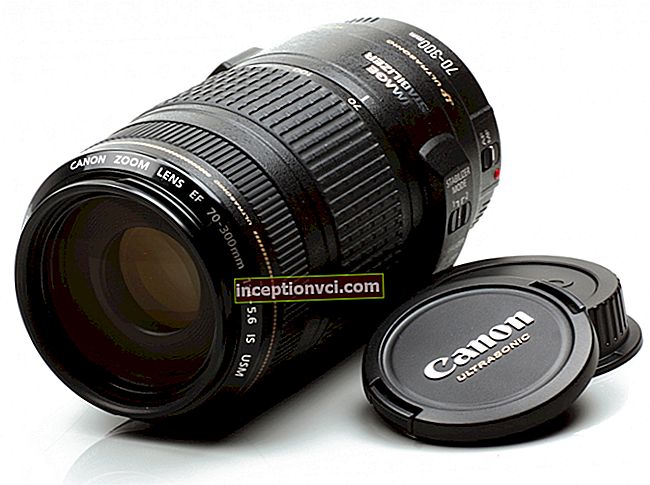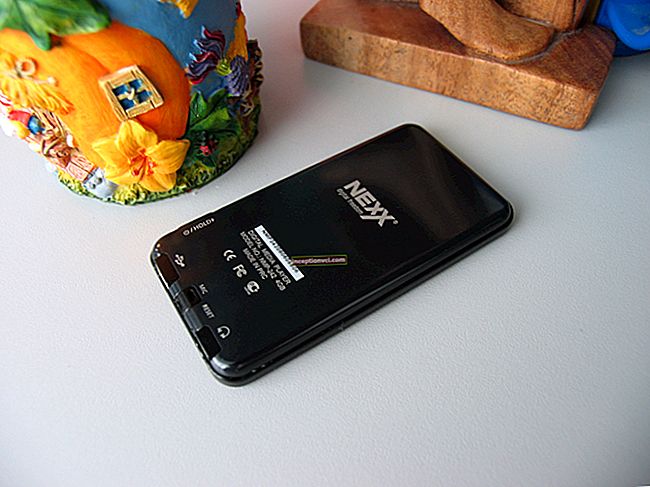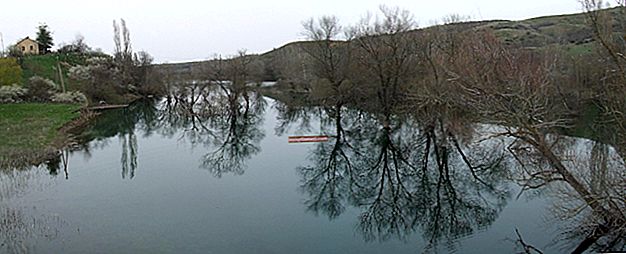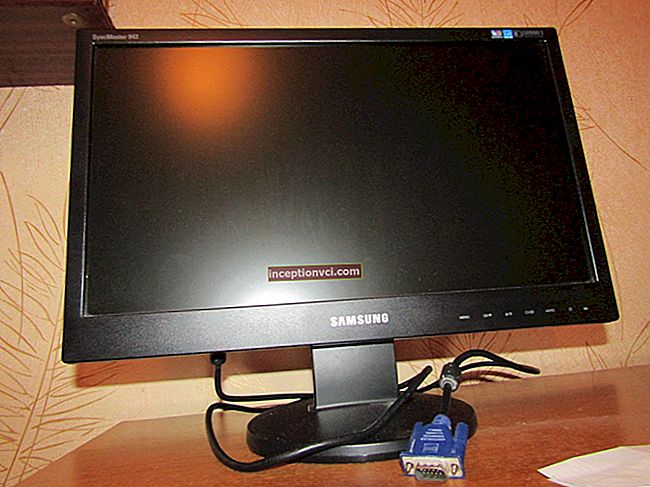 The history of the creation of the telescope
The history of the creation of the telescope
The ancient Romans were one of the first to notice the magnifying power of a vessel filled with water. It was they who made such important discoveries, and they learned that with the help of such a simple device it is possible to light a fire, while the water in such a vessel did not boil.
About four hundred years ago, Italian and Dutch masters began to make the first glasses invented by a glassmaker, whose name, to the greatest regret, remained unknown in history.
The fame of the Italians' ability to grind glass quickly spread throughout the world. The invention of glasses led to the use of a magnifying glass for more convenient viewing of small objects. This rather fascinating activity opened up more and more opportunities for mankind.
The invention itself spyglass over the centuries, it has been overgrown with many legends and legends, and to this day this issue causes fierce controversy. One of these legends tells of a huge mirror that was installed at the Alexandria lighthouse, and with its help it was possible to observe the ships sailing from the Greek shores. If we trust this legend, then we can assume that a large concave mirror with a lens was used for such an observation.
People began to fiercely get carried away with optics, trying to experiment, connecting various lenses and mirrors in order to visually bring distant objects and objects closer or get an image of them. Thanks to experiments of this kind, microscopes and telescopes were invented. Unfortunately, there is no way to accurately name the first inventor of these devices, but it is quite possible to trace the path of their further development.
History recorded the first description of an optical device in the writings of a Franciscan monk. He was an Englishman named Roger Bacon. From these works it becomes clear that, being carried away by optics, he conducted various experiments with convex lenses in combination with concave mirrors. Also Bacon found that such lenses can focus parallel beams to one point. This point is located between the upper and central parts of the mirror. The monk's research pushed him to the conclusion that a common use of a mirror and a lens was necessary, as a result of which he developed his theory of creating a telescope. In 1268 he was the first to describe this optical device.
The second detailed description of the telescope was put forward by Leonardo da Vinci in 1509. He not only compiled a description, but also drew a sketch of a two-lens telescope. The great inventor and master who did not stop at this also owns the invention of a machine for grinding lenses. He was the first to clearly demonstrate the construction of the path of rays in lenses. Unfortunately, at that time his work remained unclaimed, and the opening had to wait for a better time.
Also in Italy, Dr. Fracastoro expressed in his works an opinion on the possibility of increasing small objects, invisible to the naked eye, with the help of lenses, which should be located one above the other. So, if we refer to this mention of the device, then in 1538 the idea of creating a microscope was first expressed.
A little later, twenty years later, in 1558, the Italian inventor Giambattista della Porta provides a more detailed and detailed description of the various uses of lenses. This work was published in a book called Natural Magic. In it, he writes that by means of a concave glass one can examine objects that are at a distant distance.And with the help of a convex one, you can see an object at close range. He also emphasized that if these glasses are correctly composed, it is possible to see not only distant, but also close objects, the image of which becomes sharper and brighter.
The telescope with which he examined objects, apparently, was not powerful, because in his writings any discoveries made in the sky are not described, and it is not possible to determine the technical properties of his device from them. But, in any case, Giambattista della Porta managed to attract attention, and they became interested in this invention.
G. Galileo became interested in the idea of creating a device with the help of which it is possible to visually approach distant objects, and he intensively began to study this issue. As a result, already in 1609 he created a telescope, which was used for observations at sea and on land. But the most important discoveries were made after he began observing celestial bodies with the help of a tube, and already at that time discovered spots on the Sun, the moons of Jupiter and some stars of the Milky Way. It was thanks to this that Galileo Galilei was believed for a long time that the first inventor of the telescope was Galileo Galilei. Imagine that even in the production of modern low-power binoculars, the Galileo principle is applied.
His great merit is that he became not only the discoverer of the telescope. He managed to go further, launching it in production in 1624. Soon after, he created a microscope.
The body (tube) of the first samples of telescopes was made of paper and, of course, was short-lived, often the lenses simply fell out of it and broke. But, despite all the difficulties and inconveniences, telescopes nevertheless gained popularity, and in a fairly short time they began to be supplied to many European courts.
In 1611, I. Kepler developed and proposed a slightly different scheme of the spyglass, which consisted of two lenses. The first was intended to convey the actual image of the object of contemplation, the second directly enlarged it. However, the resulting image became reversed, i.e. the right side became the left and the top was the bottom. Due to this feature, the use of telescopes of this design was inconvenient to use for ground observations. It is best suited for the study of celestial bodies, and to this day, modern astronomical telescopes are built on the basis of I. Kepler's scheme.
Historical facts:
- A slightly different device of this optical device was developed in 1965 by the Capuchin monk Schirle from Bohemia. He presented a telescope equipped with two additional lenses, with the help of which it became possible to acquire the image in its original form. The device invented by him immediately gained popularity and began to be used in ground-based observations. The same monk was the first to give the name to the lenses of the tube, which are now used. The one facing the object was called the lens, and the one facing the eye was called the eyepiece.
- Dutch scientist and naturalist Anthony Van Leeuwenhoek was engaged in the manufacture of lenses and achieved significant success in this. He was able to get the result with 150 - 300 times magnification! Such lenses began to be used in the manufacture of microscopes, and in 1673 Van Leeuwenhoek described his observations of microorganisms in a water drop, red blood cells and many more incredible things at that time.
Microscopes used today are capable of magnifying one and a half to two thousand times, and electronic devices - millions.
- An interesting fact is that in 1608 in the Netherlands, several patent applications were filed for the invention of a telescope. Four inventors have filed such applications.But, since at that time this invention was kept in strict secrecy due to its military purpose, this information did not receive publicity.
- Lomonosov was the first to deal with the problem of night vision and invented a “night vision device” with the aim of improving the capabilities of human vision at night. Such a device was also called a light thickening machine, or a nyctoptic tube.
In 1759, M.V. Lomonosov presented to the Academic Council a telescope, made according to its principle. And then he had to justify the need for more than three years and prove his own innocence. As a result, Russia lost its priority in the championship for the invention and manufacture of a telescope, with which one could see in the dark or at dusk.
The most incredible project associated with spyglassth, embodied in the modern world, looks like this:

London. Tower Bridge.

New York. The Brooklyn Bridge.
In the spring of 2008, a secret tunnel between New York and London was opened, the construction of which began in the 19th century. The tunnel was laid under the Atlantic with one single purpose - to launch the famous optical device - "telescope", thanks to which the residents of New York and London were able to observe each other. This is how, over the centuries, the secret dream of the Victorian engineer, whose name was Alexander Stanhope St George, the author of this project, came true.
